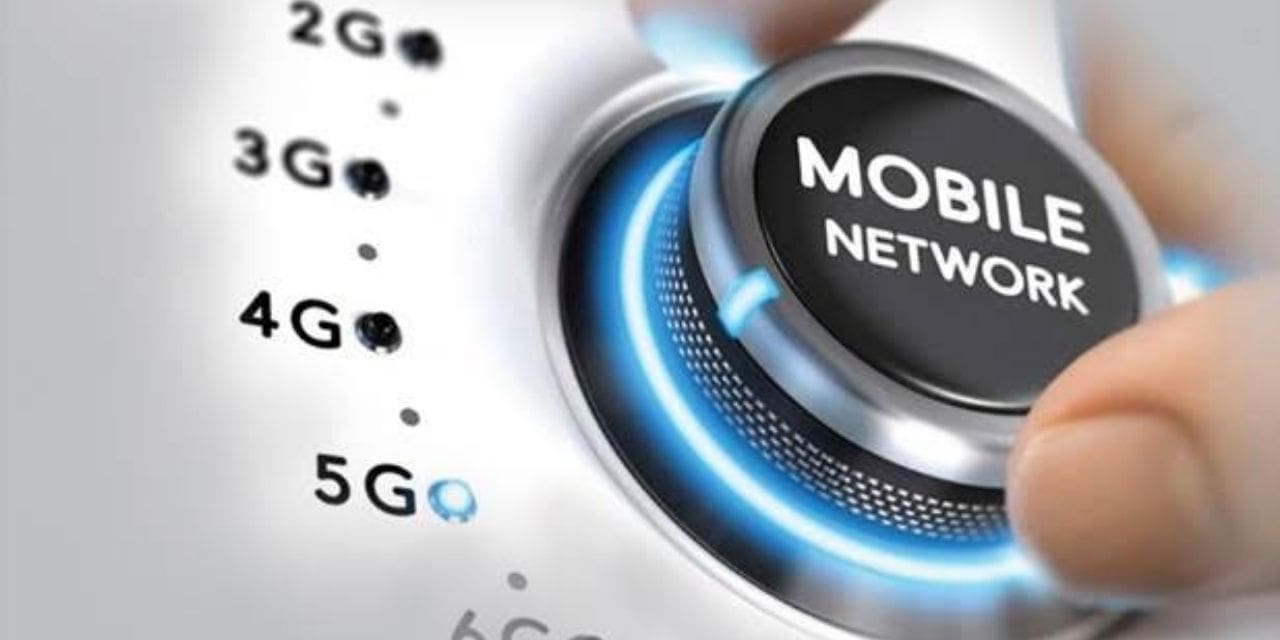The arrival of 5G technology heralds a paradigm shift in the telecommunications industry, offering never-before-seen speeds, extremely low latency, and the ability to link millions of devices at once. In order to support digital advancements like self-driving cars, smart cities, and the Internet of Things (IoT), 5G networks must be dependable and efficient. This is where 5G testing becomes crucial, ensuring that the networks not only meet the set standards but also deliver consistent performance in real-world scenarios.
Understanding 5G Technology
The fifth generation of mobile network technology, or 5G, differs greatly from earlier models. It functions on three distinct frequency bands: low, mid, and high. Each frequency band has a unique function and set of advantages. Although it operates at slower speeds, the low-band spectrum has wider reach and may easily enter structures. While the high-band spectrum, sometimes referred to as millimeter wave (mmWave), offers the fastest speeds but has less penetration and coverage, the mid-band spectrum finds a compromise between speed and coverage.
5G has much more potential than just speedier mobile internet. By facilitating real-time data transfer and supporting technologies like sophisticated robots, remote surgery, and seamless augmented reality experiences, it has the potential to completely transform a number of industries. But in order to make these prospects a reality, thorough and reliable 5G testing is essential.
The Necessity of 5G Testing
· Ensuring Network Performance
The primary goal of 5G testing is to ensure that the network performs optimally under various conditions. This involves testing for speed, latency, reliability, and capacity. Unlike previous generations, 5G must support a vast number of devices, each requiring different levels of bandwidth and latency. Testing helps in identifying potential bottlenecks and performance issues, enabling network providers to optimize their infrastructure accordingly.
· Security and Reliability
With the proliferation of connected devices, the security of 5G networks is a critical concern. Comprehensive 5G testing includes security assessments to identify vulnerabilities that could be exploited by malicious actors. This involves testing the encryption protocols, network access controls, and other security measures to ensure that the data transmitted over the network is protected against breaches and cyberattacks.
· Interoperability
5G networks must seamlessly integrate with existing 4G LTE infrastructure and other wireless technologies. Interoperability testing ensures that different devices and network components from various manufacturers work together harmoniously. This is crucial for providing a seamless user experience and for the gradual transition from 4G to 5G networks.
· Real-World Simulation
Laboratory testing alone is insufficient to guarantee the performance of 5G networks. Real-world testing involves deploying the technology in actual environments to assess its performance under various conditions, such as urban areas with high building density, rural areas, and places with high user density like stadiums and concert venues. These tests help in understanding how the network behaves in different scenarios and in making necessary adjustments to improve performance.
Methods and Tools for 5G Testing
· Network Simulators
Network simulators are essential tools in the early stages of 5G testing. They create virtual environments that mimic real-world conditions, allowing engineers to test network performance, security, and interoperability without the need for physical infrastructure.
· Field Testing
Field testing involves deploying 5G equipment in real-world environments to gather data on network performance. This includes testing signal strength, data transfer speeds, and latency in various locations. Field testing is crucial for identifying and addressing issues that may not be apparent in simulated environments.
· Drive Testing
Drive testing is a method where test equipment is installed in vehicles that move through different areas to collect data on network performance. This is particularly useful for assessing the coverage and performance of 5G networks in different geographic locations.
· Automated Testing Tools
Automated testing tools are increasingly being used to streamline the 5G testing process. These tools can perform a wide range of tests, from performance and security assessments to interoperability checks, without manual intervention. Automation not only speeds up the testing process but also reduces the likelihood of human error.
The Future of 5G Testing
As 5G technology continues to evolve, so too will the methods and tools used for testing. The development of advanced testing solutions, such as AI-driven analytics and machine learning algorithms, will play a pivotal role in ensuring the reliability and efficiency of 5G networks. These technologies will enable more precise and predictive testing, allowing for proactive identification and resolution of potential issues.

